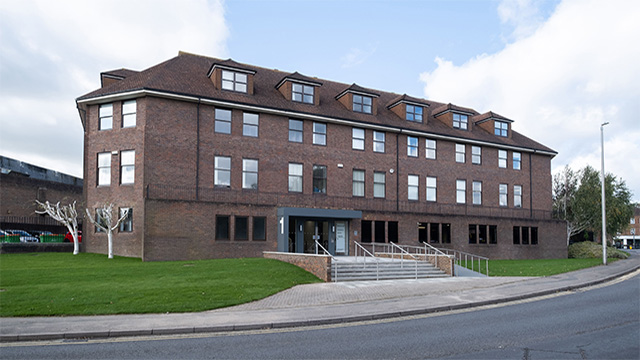London has capacity to provide 30,000 ‘beds and sheds’ homes
The beds and sheds model could provide almost 30,000 homes in London, according to Turley.
The planning consultancy firm, which has released its annual Co-Location in London report, said more than 22,500 homes in co-location schemes had received planning permission in the capital over the past five years.
It defines co-location as the knitting together of industrial/logistics, residential and other non-industrial uses to form mixed-use developments.
The beds and sheds model could provide almost 30,000 homes in London, according to Turley.
The planning consultancy firm, which has released its annual Co-Location in London report, said more than 22,500 homes in co-location schemes had received planning permission in the capital over the past five years.
It defines co-location as the knitting together of industrial/logistics, residential and other non-industrial uses to form mixed-use developments.
It said while there has been a slowdown in the number of co-location developments coming forward over the past year, 58% of approved developments are showing signs of on-site delivery, with 38% under construction. If those schemes currently awaiting determination are approved and implemented, a total of 29,688 new homes could be delivered across the capital.
The report said co-location developments are also delivering affordable homes, with 38% of approved schemes made up of affordable housing – above the 35% target set by mayor of London Sadiq Khan.
These schemes would also add approximately 4m sq ft of employment floorspace to the market.
Ealing, Brent and Southwark are currently leading the adoption of co-location schemes.
Catriona Fraser, director of planning at Turley, said: “Now in its third year, this report demonstrates that the co-location model is not only here to stay in the capital, but has the potential to deliver a significant uplift in new homes and employment and logistics space, particularly in co-location hotspots such as Ealing, Brent and Southwark.
“Despite a slowdown in the number of new schemes coming forward, the indicators clearly point to continuing appetite for this development type.
“More than a third of the co-location schemes that have been granted approval over the past five years are currently under construction, so we’ll be closely monitoring over the next 12 months how the market responds and whether this will result in an influx of new schemes coming forward.
“London could become a blueprint for the adoption of successful co-locations schemes if it continues on its trajectory.”










